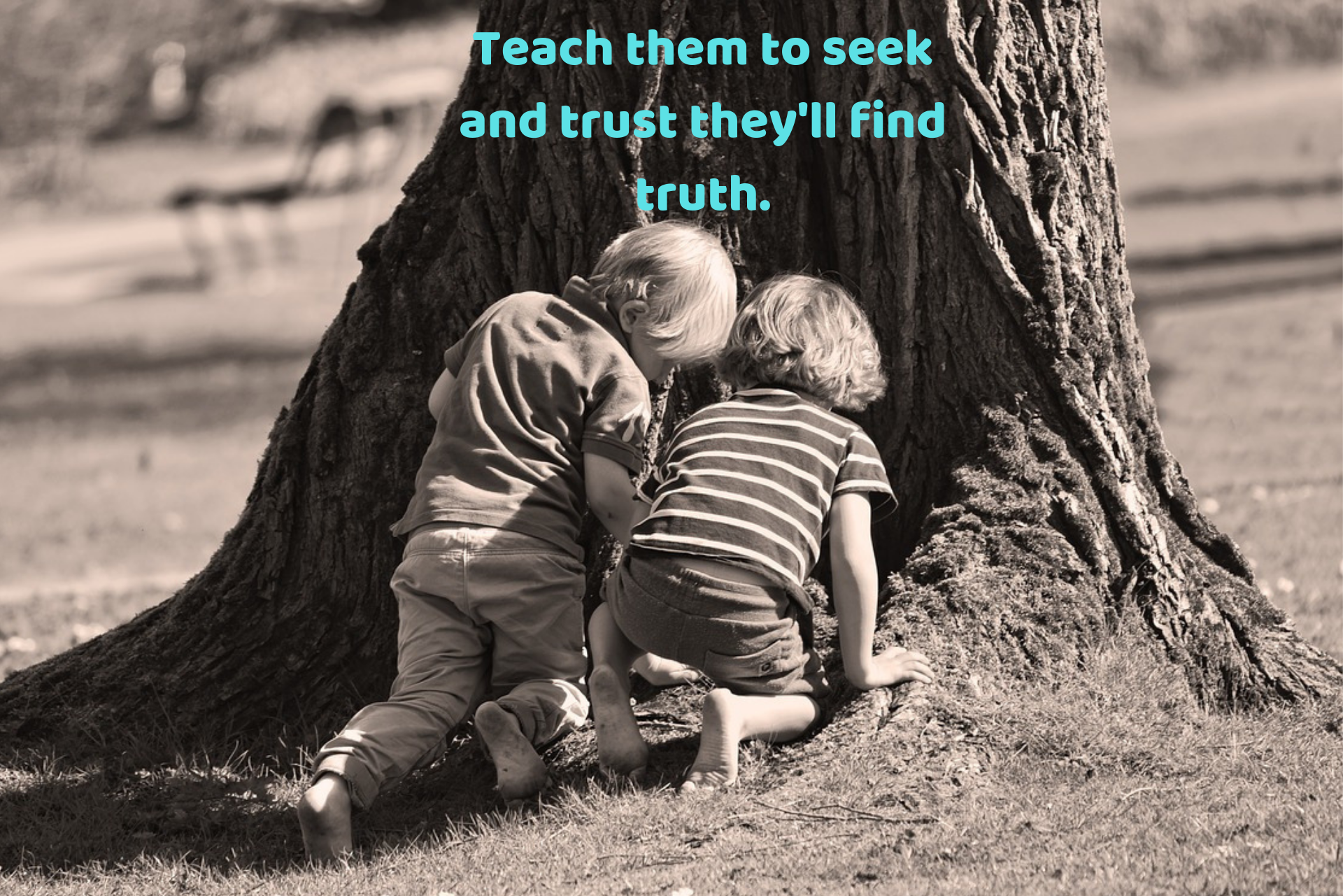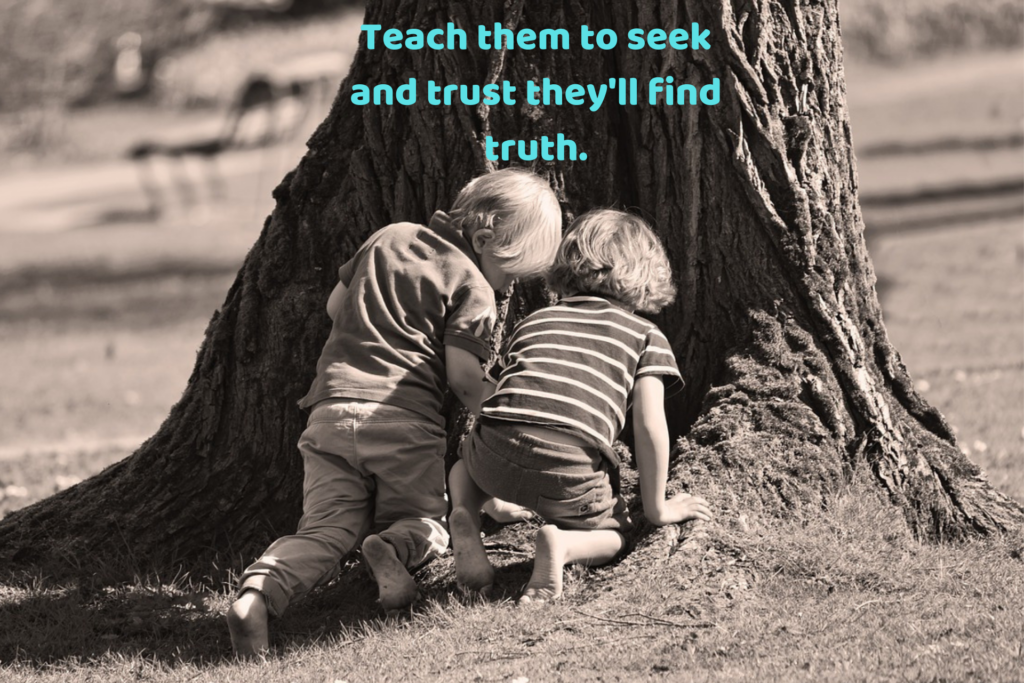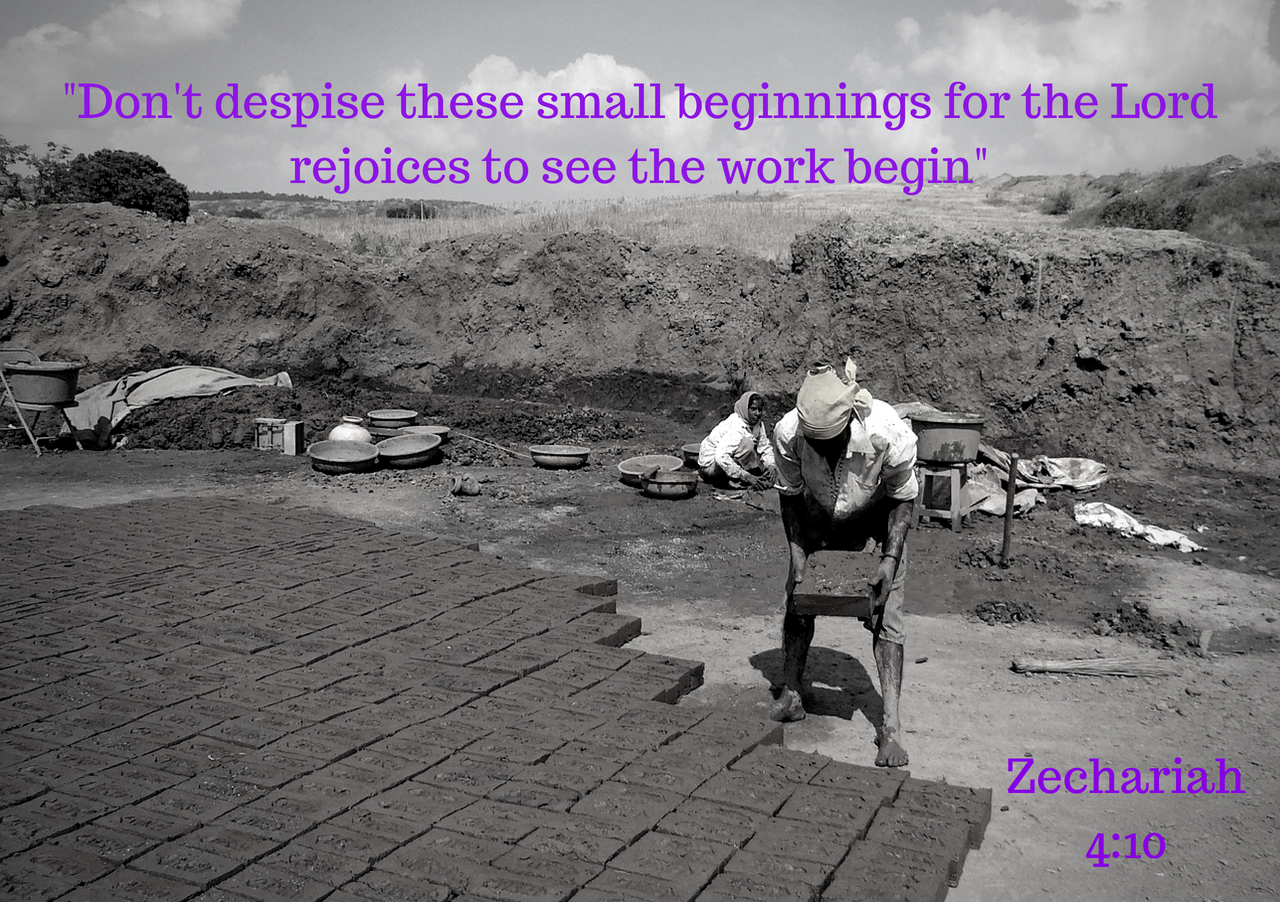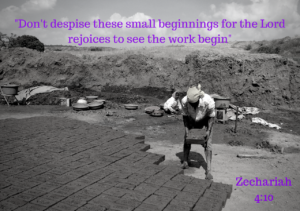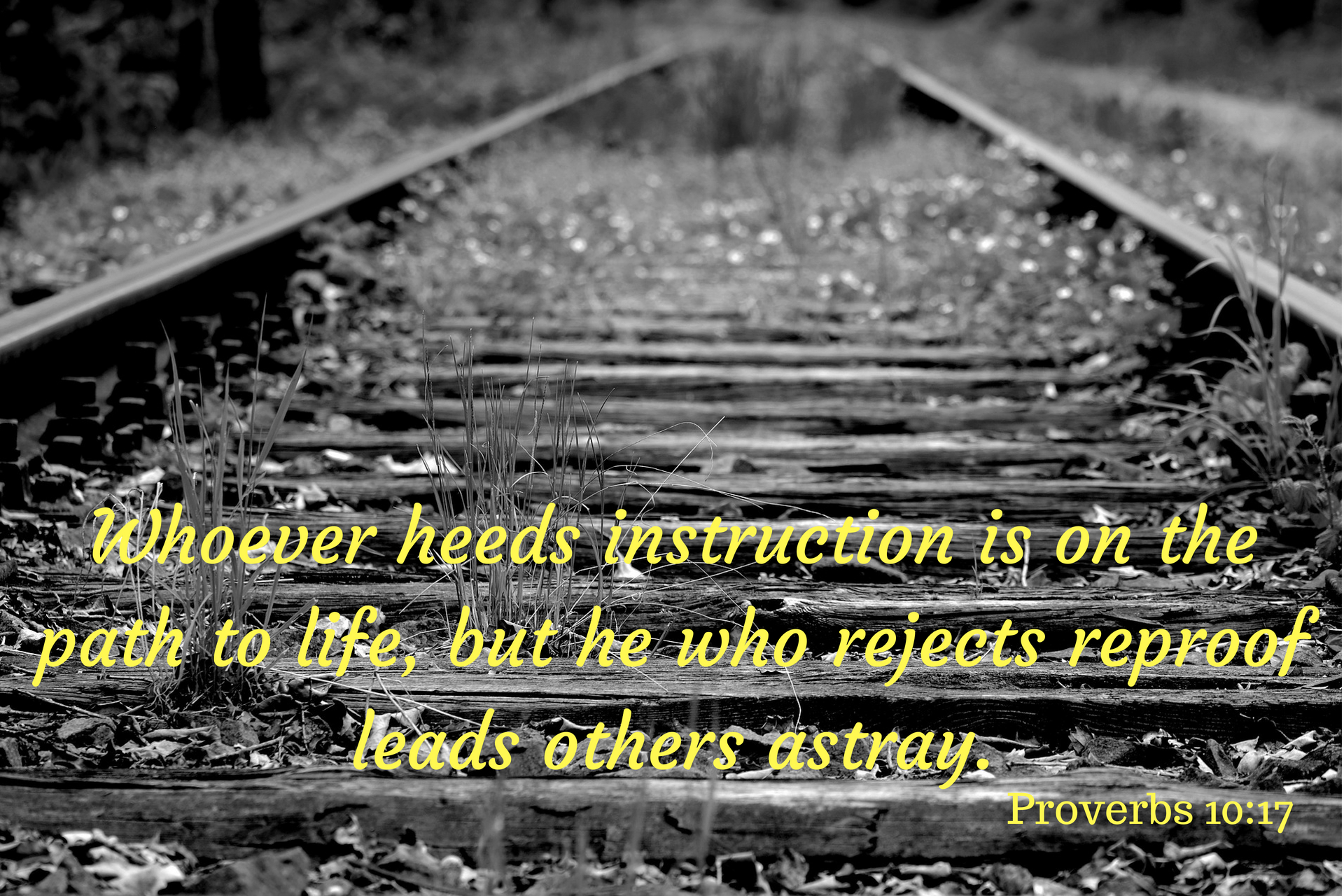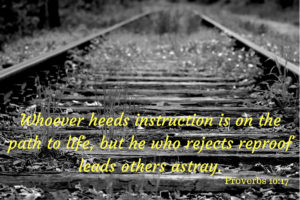What the World Needs Now is COMPASSION.
The world is sideways, or backwards, or upside down. It’s anything but righted and balanced. I guess we’re all dealing with a severe case of vertigo; which I understand as a miserable condition. It’s debilitating not knowing which way is up. But I’m encouraged after being in school for about a month and a half now. I can proudly say the school district I work in has been a solid example of compassion and grace. Compassion and grace for the struggling family; for the stressed teacher and for the scared student there has been compassion and grace.

But how has there been such a positive response amid negative events?
We’ve had ears to hear. Ears to hear—a calming cure for our American vertigo.
You can only have compassion and empathy for the stories you choose to hear.
Of course the earthly view has always conflicted with God’s, but currently the conflict seems blatant. James 1:19-20 reads, “know this, my beloved brothers: let every person be quick to hear, slow to speak, and slow to anger; for the anger of man does not produce the righteousness of God.” Do you see the evidence of the world’s backwardness in this verse?
Now is a time for ears to hear. Much of Proverbs is simple wisdom; 18:13 says, “if one gives an answer before he hears, it is his folly and shame.” Folly and shame have helped turn this world sideways.
How do I know this works? In my school’s current hybrid model of schooling most of my classes are less than 10 students. I have no choice but to hear my students as individuals. In classes of 20+ a teacher loses not only physical space but more importantly relational space. Having this opportunity has been a huge blessing to everyone involved.
I treasure all of the “But God” moments. If I had to sum up the history of Earth’s people in two words I would choose “But God.” The people went away blazing their own path of destruction, But God did not give them what they deserved when they turned to Him in desperation. The people saw something shiny and recklessly followed it, But God showed them compassion and grace once again as they turned back to Him in desperation. Repeat, repeat, repeat. You get the idea. But God chooses to hear us even when we’re not easy to listen to. We all have certain people for whom we’ve lost our ears to hear them. We’ve grown exhausted and “stiff-necked”; only hearing opinions we can identify with.
The road to compassion and grace is short, but far from easy.
We’ve got a pretty mighty example to follow, and it goes like this:
(1)When people called for God’s ear in distress, pain, or brokeness, He did not worry if they’d turn on Him or burn Him in the future. (Compassion takes a wreckless love.)
(2)He listened. (Not to prove them wrong, but to hear their story.)
(3) He had compassion on them and responded in grace.
I’ve failed at these three steps with dear family and friends, so how do I stand a chance of approaching others with compassion?
We might gain a little perspective in knowing that the Hebrew root for the word compassion is womb. A visible, vulnerable life needing care and nurturing. Approach others knowing there is a story of human fragility.
Compassion should be our mission; meaning we’re pursuing others to understand their story. Too often we dismiss their true story, sending it away and replacing it with a version we can make more sense of. Ironically “mission” and “dismiss” use the same root.
Mission: sent for a purpose.
Dismiss: send different ways; abandon.
Can we make it our mission to have ears to hear, for dismissive behavior fosters oppression.




